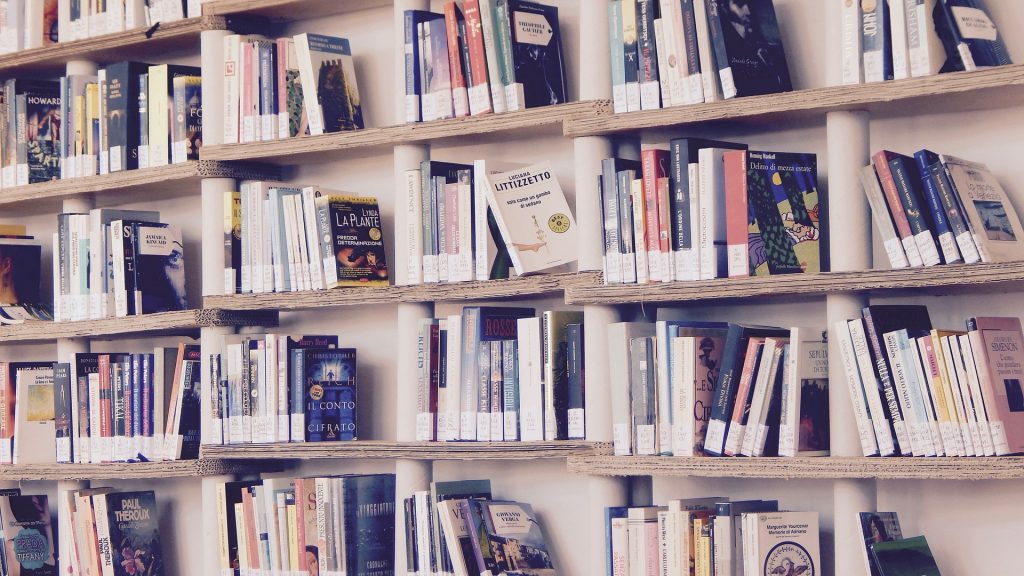Liberal arts classes cater to democratic beliefs, leaving conservative students unsatisfied
3 min read
Marisa Sias | Pixabay
By TREVOR YOUNG
Staff Writer
It has become a commonly held opinion, especially by people outside of the institutions, that the modern liberal arts education is nothing more than a mechanism designed to produce left-leaning, progressive voters. As with many popular opinions, there is a seed of truth in this somewhat overreaching argument. Ask any conservative student what the political orientations of the majority of their peers are and they will invariably say, “Liberal.”
Students throughout the last few centuries have often been a force for progressive political change, and often identify with parties and groups that support these changes. It is no surprise that a great many young students identify as liberal; this also may have something to with age, as young people are far likelier to be more progressive social thinkers than the older members of society.
The conservative students know this and understands their relationship to the majority of the student body. What about their relationship to the institution itself? Does the institution present an even field of ideas, or does it favor the convictions of the majority? As I complete my Bachelor’s degree in English here at Mary Washington, I would argue the latter.
Academic institutions themselves often serve the role of creating a capable upper-middle class. This is true even now, as the pendulum swings ever to the left, and radical social change is the norm. Though the progressive intellectual may think themselves an embattled rebel or activist, fighting against an oppressive system, it is not so.
How, then, does the institution itself create this environment which favors the current liberal majority so highly above the conservative minority? It does so by neutralizing the education it produces into something tailored to pleasing the masses; it does this by offering an education that is timely, rather than timeless.
An example of this can be found in the English program. Instead of presenting courses molded around the best and wisest of English letters, what I found when I arrived at Mary Washington was courses centered on political issues or minority literature, for its own sake, rather than intellectual merit. What I would define as an education founded on classical literature has been relegated to the sidelines and less profound modern novels have taken to the forefront of academia.
Classic literature courses might appear drier to incoming students, so they are framed in a way that makes them current, exciting, or even cool. It is not enough to read Keats, unless one reads him as yet another reflection of the post-truth age, mirroring our own convictions backwards through time. Nor is it possible to study Medieval or Renaissance literature for their own merits, but rather how well they can conform to our own moment in history.
The answer to why this is the case, is as simple as it is difficult to resolve. In our modern consumer world everything is designed to fit the specifications of the customer. If something does not sell, it ceases to exist. Our public, liberal arts universities do not escape this, but rather confirm it. If the student, or rather the consumer, who is by and large a young liberal-progressive, wants classes on young adult fiction focusing on experimental sexuality.
What does all of this mean to the conservative student trying to find their way through four years of this kind of education? If what you seek is an education founded on the classics of English literature, to some degree you have to teach yourself or face intellectual oblivion.
As for myself, I feel more than a little underwhelmed at the end of my liberal arts education, as I feel that I still lack that necessary foundation a knowledge of the classics provides, except where the work of a few truly dear professors and my own self-directed studies have tried to lay the groundwork. I speak for many conservative students who have gone along to get along, in order to leave UMW with a degree.


